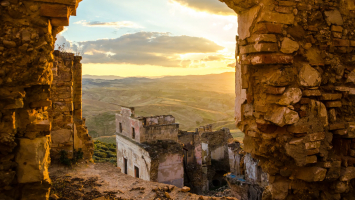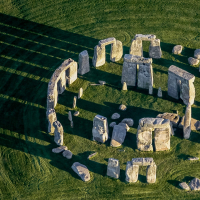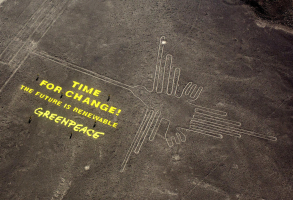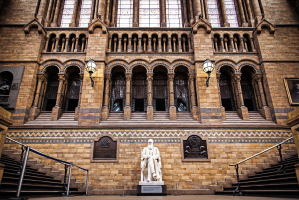Top 10 Historical Mysteries that turned out Extremely Disappointing
Human beings enjoy a good mystery. Even for a brief period, it's nearly impossible to resist the impulse to solve a riddle. We want to know the solution to ... read more...puzzles, riddles, and, if reality television is any indication, unsolved homicides. Sadly, there are occasions when the mystery turns out to be much more rewarding than the answer. History is full of intriguing puzzles with the most unsatisfactory answers.
-
Without discussing the Egyptian pyramids, no investigation into the major historical riddles that were barely mysteries is complete. People have wondered for years how these marvels could have been built by a culture that had no idea of machines or contemporary building methods. The belief that aliens must have visited Earth to help in their building has been the subject of movies, books, and television programs. However, that response is hardly scientific and is unquestionably disrespectful to the memories of those whose blood, sweat, and tears went into the actual construction.
It is certainly difficult to explain how ancient Egyptians were able to move 2.3 million limestone slabs that, on average, weighted 2.5 tons. How is that even possible? Some items needed to travel more than 500 miles. The Great Pyramid alone is thought to have taken roughly 20 years to build. 20,000–30,000 workmen, according to Egyptologists, were required to complete the project, despite Herodotus' allegation that 100,000 people were required. By any reasonable standard, it was monumental.
Its methodology has long confounded historians. There had to be a better way if you don't want to accept aliens as the explanation, even though it looked completely impossible. Based on wall murals found in the tomb of Djehutihotep, scientists believe they have the answer.
A person is depicted in the artwork standing in front of the same kind of wooden sledge that was used to move the large stone slabs. A physics professor at the University of Amsterdam decided to test how a wooden sledge moved over sand after viewing the image. When the sand is dry, the sledge ploughs through it until a buildup in front causes the sledge to slow down. The piles in front finally disappeared after wetting the sand, and the sledge moved with little opposition.
The idea is the same as when making a sandcastle. There isn't any water, and sand is useless for construction. Water in excess results in mud. But with just the appropriate quantity of water, sand sticks to itself like glue and forms the ideal bridge for crossing.
It would require half as many workers to push the same amount of stone with the exact amount of water on the sand. It's likely that the Egyptians also applied thin desert clay coatings. It produces the ideal lubricant when the proper moisture is present. In the completed pyramids, there is traces of it between the stones, showing that it was employed to aid attain the ideal final position.
https://www.tripsavvy.com 
https://online-updates.net -
Nine hikers were missing in Russia in 1959. They were setting out on a 190-mile journey for a skiing excursion. After a week had passed since their scheduled return, rescuers set out to look for them.
The searchers were perplexed by the disorganized mystery of their campground. A few of the remains were discovered there, but the situation was bizarre.
Some trekkers, who weren't even completely dressed, had hacked their way out of their own tents and into the snow. Some of the dead had succumbed to hypothermia, but not all. Trauma to the head and chest killed three people. Their eyes were missing from two of them. One's tongue had vanished.
Both the state of the corpse and its locations were unclear. Only a handful appeared to have been dressed completely and were seen sitting by the fire. Others were distant and appeared to be making their way back to camp. And in the woods, a couple had been missing for more than a month.
Since the group was in avalanche area, one of the first theories was that there might have been an avalanche. The absence of any physical proof was the main issue. That was up till a different theory emerged.
Not all avalanches are the same. A slab avalanche is a specific type of avalanche. This occurs when a thin layer of snow and ice is positioned beneath several other layers. Everything above the weak layer succumbs, taking it with it. Small triggers, such as slabs the size of a vehicle, are possible. But it can weigh more than a ton and move at extraordinary speeds, exactly like an automobile.
Modeling has demonstrated that a slab avalanche may have smashed into the victims' tents, causing the chest and head damage that ultimately led to their deaths. They wouldn't be dressed if they were asleep, which would make sense. It's possible that they made it long enough to crawl out of their tents. Even if they avoided direct contact, the others still sought to flee and eventually passed out from hypothermia. What about the mouth and eyes? Scavenger creatures.
http://wrateseditingservices.co.uk/ 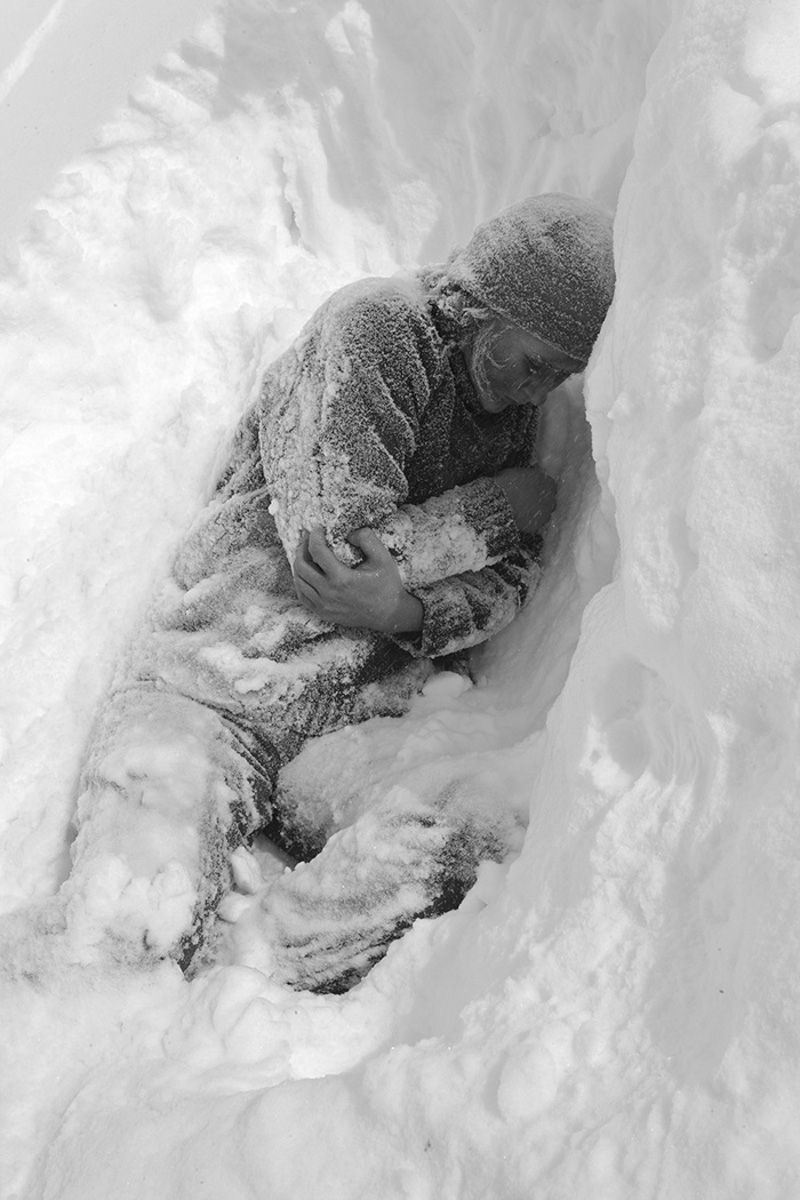
https://www.sensacine.com/ -
The Ghost and the Darkness, which came out in 1996, stars Michael Douglas and Val Kilmer. The Tsavo lions, a pair of man-eating lions who attacked and killed between 35 and 135 railroad workers in Kenya in the late 1800s, were the subject of a true story. Although the exact number is difficult to determine, it is safe to conclude that the two terrified thousands of workers and took more lives than they should have.
Lions rarely attack humans, so the fact that these two did it repeatedly was rather strange. They successfully blocked the railroad's expansion across Africa and served as a singular and puzzling impediment to British empire. There were numerous possible explanations for the enigma of why the lions attacked.
The superstitious believed that the lions represented nature's anger against either the railroad itself or the British attempts to conquer the area. The correct response is far less enigmatic. The lions' teeth were weak.
Researchers have been able to examine the lions' bodies since they preserved them after they were slain. The teeth were one of its distinctive qualities. These lions showed remarkably less tooth wear compared to a conventional lion. They appeared to have limited experience with brutal murders, according to one researcher, who compared them to the teeth you could expect to see in a confined lion.
In reality, it was believed that the dominant lion was unable to pursue typical prey due to a serious tooth infection. The stress of trying to kill a larger animal would have been crippling to the lion's jaw because larger creatures put up a fight. The lions had softer and easier prey in the form of people. Both lions were in a position to forgo their typical meal in favor of less aggressive humans because the second lion also suffered from dental issues.
https://www.flickr.com/ 
http://www.iflscience.com -
In the year 525 BC, the Persian King Cambyses II is reputed to have led an army of 50,000 men into the Egyptian desert. According to the historian Herodotus, the army was sent from Thebes to the Temple of Amun's oracle to demolish it. They failed to succeed.
After a week, the army arrived at a desert oasis, but after they left, they vanished without a trace. According to Herodotus, a powerful wind caused the desert's sands to swallow the army entire. It has the feel of an episode of The Mummy. The ensuing puzzle had been a secret for ages.
It becomes out that Herodotus wasn't just making things up. Anyone who has lived in the desert knows that sandstorms are a genuine concern, and archaeologists have found proof that this is exactly what happened to the army.
Near a sizable rock, the kind of thing people might use to try to find cover in a storm, were human remains combined with tools and jewelry from the time Cambyrses would have dispatched his army. The burial with hundreds of bleached bones and skulls massed together was the most startling discovery. The army might have survived in large numbers, but even then, it would have been a dispersed and fragmented force.

http://earlyworldhistory.blogspot.com 
https://www.reddit.com/ -
Just consider how many people find a gripping story about a maritime catastrophe, such as the Titanic. We glorified the catastrophe to the extent that it resembled an epic love story. The tale of the Mary Celeste is less well known, but it nevertheless holds many people's attention.
A commercial ship named the Mary Celeste sailed from New York with a load of denatured alcohol and a crew of seven people on board. Another shift was found adrift several days after it set out. There was no one on board, the lifeboat was missing, the sails were rigged haphazardly, and all the hatches were open. The crew and the commander vanished without a trace.
Supplies were on board, the ship wasn't harmed, and the cargo was still there. If a catastrophe had occurred, there was no obvious indication of what it was or why it forced everyone to abandon a well-stocked ship that was not in immediate danger of sinking.
There was some water on deck, but not more than you might anticipate in a ship of its size, and there was a sounding rod there. There was speculation about everything from insurrection to natural disasters to fraud and pirates, but none of it was backed up by solid facts. The enigma persisted for more than a century.
A chemist proposed a proposal that, using some fascinating science, could resolve the enigma. Denatured alcohol, a highly flammable chemical, was the ship's cargo. It's likely that the alcohol in its barrels may have escaped and ignited, resulting in an explosion.
Normally, you'd assume that this would catch fire and leave the ship's debris everywhere. However, studies have revealed that's not always the case. A pressure wave explosion would erupt with a powerful enough blast to, for example, blow out the hatches and mess up the sails of the boat. However, a sudden rush of cool air would follow it, leaving no sign of soot behind.
Records indicate that more than 300 liters of alcohol were lost. The crew wasn't smuggling any booze because it couldn't be drunk. With that much material unsecured, one spark might have started it. The entire crew would have fled in fright if they had seen a terrifying fireball. They might have all drowned or been attacked by sharks while in the sea. Never was the lifeboat located.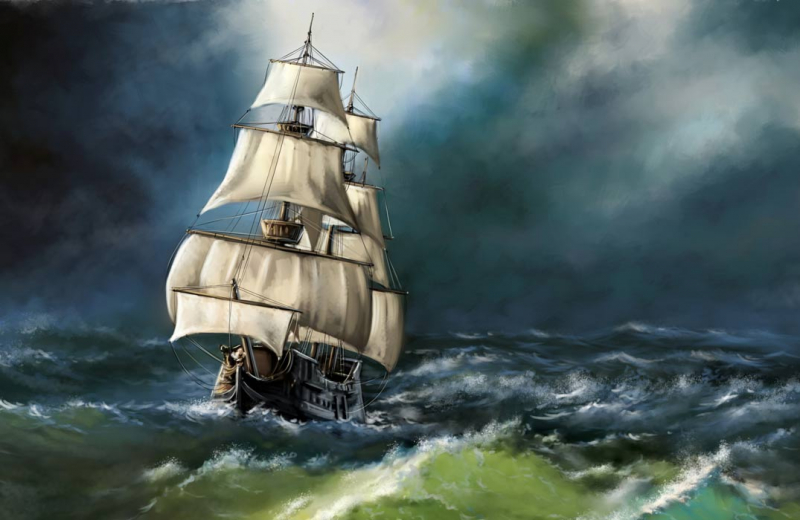
https://weirdnews.info/ 
https://www.mensxp.com -
Up to 1918 and the Russian Revolution, the Romanovs were Russia's monarchs. Nicholas the czar and his family were kidnapped, sealing their doom. In a cellar, they massacred the entire family. And that appears clear-cut and unambiguous, except that nobody was aware of what had transpired at the time.
For many years, they kept the Romanovs' remains hidden. There were several rumors that some of the kids—especially Anastasia—had escaped. According to other rumors, Alexei and Maria had escaped. The whole event plays out like a Netflix serial when you add in wild legends about Rasputin, who purportedly couldn't be murdered.
The complex political circumstances that led to the Czar and his family's execution are what put an end to Imperial Russia and put it on the path to the Soviet Union. The Czar and his heirs were murdered in order to completely demolish the fundamental beliefs of old Russia. However, keeping it a secret allowed heirs to the throne to continue to circulate at home and abroad, posing as Nicholas' offspring or serving as pawns in political games.The concealed bodies were eventually excavated to dispel rumors that the Romanovs had not survived and were actually dead. The issue was that there were only two of the children's bodies left. Years went by, while there were persistent rumors that Alexei and one of his sisters had escaped. The bodies of the other two children were not recognized until a second burial was unearthed in 2007, putting an end to the theory that one or more of the kids had managed to survive.

https://pocketmags.com/ 
https://www.dannydutch.com/ -
The thought that prehistoric humans had any kind of talent is unsettling to many modern humans for some unexplained reason. It may sound strange to put it that way, but consider the sheer number of people who are convinced that alien intervention was necessary for innumerable ancient sites. Yes, it's a fringe belief, but that doesn't make it unpopular. People actually believe that anything like Stonehenge had to have a mystifying beginning because of how it is impossible for people to move such large stones and arrange them in that manner 5,000 years ago without the aid of contemporary technology.
The truth is that because they were ignorant of current technology, ancient people didn't require it. So they found unique ways to resolve issues. Wally Wallington, a retired carpenter without an engineering degree, just utilizes rocks and common equipment to demonstrate that you can lift rock slabs weighing more than a ton using straightforward levers and stone pivots. To demonstrate that it could be done, he did it all by himself and constructed his own backyard Stonehenge. On a wider scale, with more people pitching in, it would have taken no time at all and been very simple.
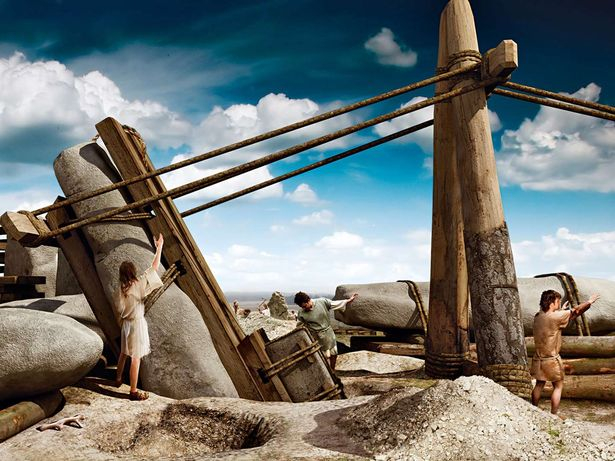
http://theculturetrip.com/ 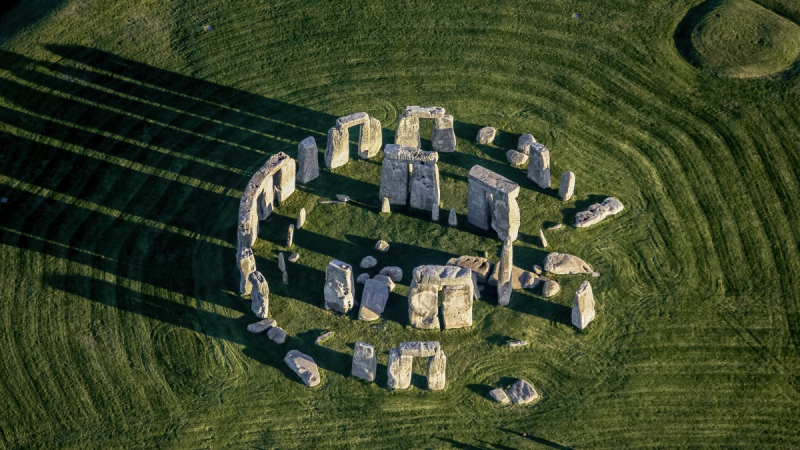
http://galacticconnection.com/ -
The Death Valley Sailing Stones appear to be incredibly mysterious. Some smooth stones that appear to be as ordinary as anything are out in the middle of a level, lifeless, dry lake bed. But occasionally, if you go looking, you'll find trails hidden behind the stones. The stones left extensive footprints in the sand. Sometimes they move in parallel, and other times they move in a zigzag pattern. Additionally, the trails may be exceedingly long. And they've baffled people at least since 1948.
There are no other traces in the earth surrounding the stones. There were neither animal nor, most definitely, human footprints. It's not like the stones are rolling in any way because they are flat. Some stones weigh as much as 600 lbs. From a distance, it appears as though these rocks creep across the lake bottom in the middle of the night.
The fact that these stones don't always move makes it extremely difficult to determine how they are moving. The time between moves can even be years. You are unable to simply stand outside in a lawn chair and see it. So, using time-lapse cameras and GPS, scientists set up a sting operation. The explanation itself is intriguing but hardly mysterious.
Before the stones to move, the playa where they are located must fill with water. nonetheless, not much water. The stones must be left exposed. The shallow water must then get cold enough at night to freeze. When that occurs, sheets of ice start to form that are blown around by the wind and can shift the rocks in front of them. The ice entirely melts later in the day, leaving behind a rock and the path it took.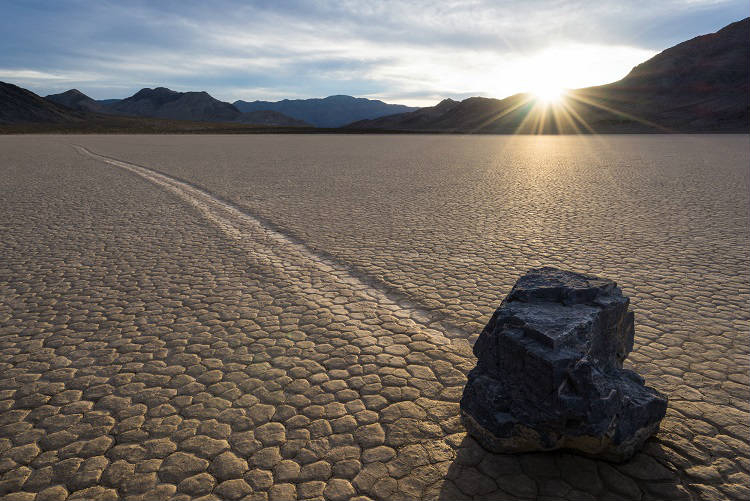
https://www.science-rumors.com/ 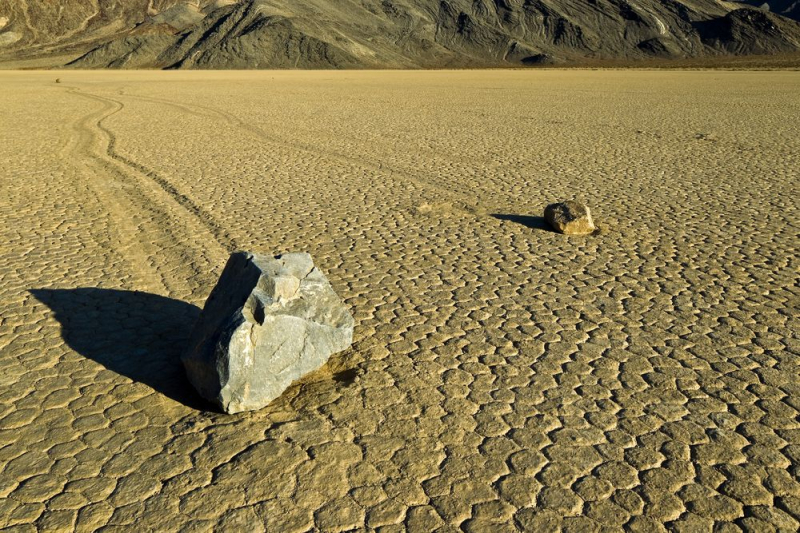
https://www.livescience.com -
One of those great mysteries that seems to coexist with claims of Bigfoot and crop circles is the Bermuda Triangle. If you sail into this mysterious area of the water unprepared, you might never leave. It's described as a gateway to another dimension that boats could never leave.
Later, as "science" attempted to explain the occurrence, the triangle was described as a mystery region where no compass would function. So many ships met their demise in this gloomy and dreadful area that navigation would be made ineffective.
There is no evidence to support the claim that ships vanish more frequently in the Bermuda Triangle than they would in any other area of the ocean. However, there is a chance that compasses in some parts of the ocean will point to true North rather than magnetic North.
Trying to pinpoint its exact location and meaning is one of the biggest problems with the Bermuda Triangle. It lacks a true border. The Bermuda Triangle has never been charted. It's more of a broad region. A group of islands in tropical waters. This implies the possibility of numerous storms and shallow waters with coral reefs. The types of locations and conditions that sink boats without the need for mystery.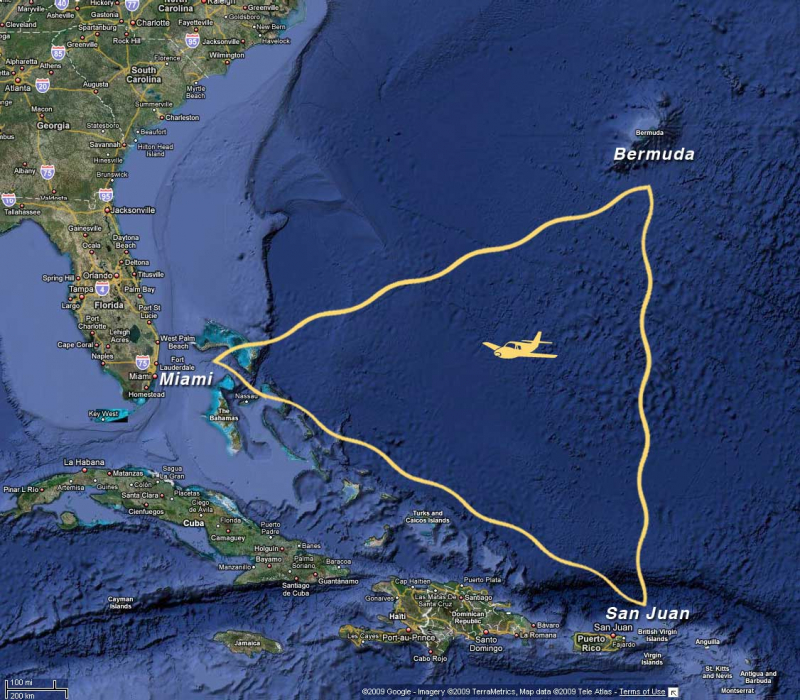
https://frontview.wordpress.com 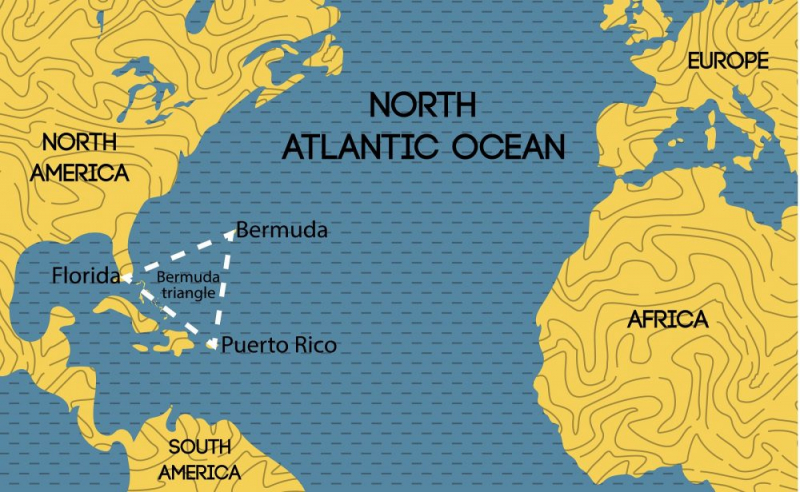
https://curiosmos.com// -
The enigma surrounding the Roanoke settlement is filled to the brim with intrigue. English colonists on Roanoke Island were running low on supplies in 1587. If nothing changed for the better, things might have turned out disastrously. Brave explorers set forth from the settlement in search of supplies.
It took years for them to reappear because the weather and environment worked against them. It was them against nature in an era before the United States even existed. In 1590, when they eventually return home, the colony is desolate. Not even a body, not even a soul, is left. There are only vacant structures and the cryptic word CROATOAN etched into a tree.
What might have occurred? Never were the colonists discovered. What might "Croatoan" mean? How might a colony as a whole suddenly vanish? They even created an entire season of American Horror Story around it because it was so fascinating.
This method of presenting the riddle has the drawback of omitting certain crucial information. The first, and most important, is that the word "Croatoan" is in no way a riddle or random nonsense. It was the name of the local tribe that also resided on the island and had a reputation for being incredibly amiable.
There is a ton of proof that the colonists just moved in with their native companions since they were out of supplies and couldn't wait for their explorers to return. They were accepted into the tribe and made friends and neighbors.
The colony was never lost, in actuality. They shifted. It was corroborated by historians and archaeologists. Years later, the notion that anything strange occurred was introduced, and not without a whiff of racism insinuating that the indigenous peoples were the bad guys in this situation.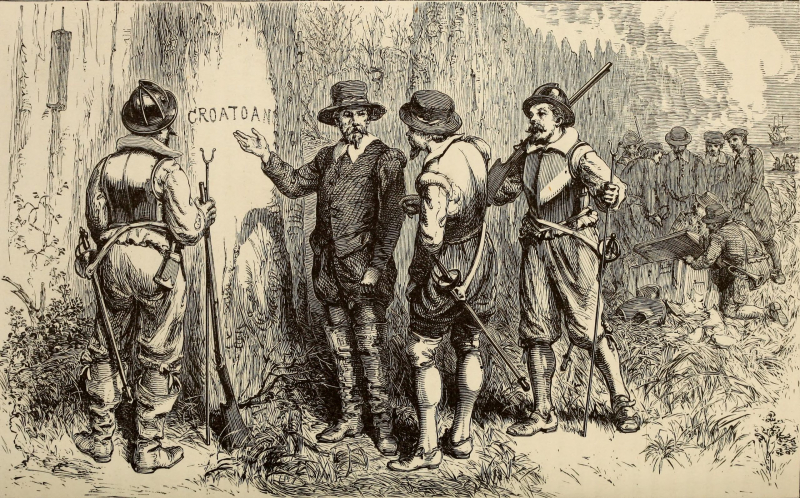
https://www.historicmysteries.com/ 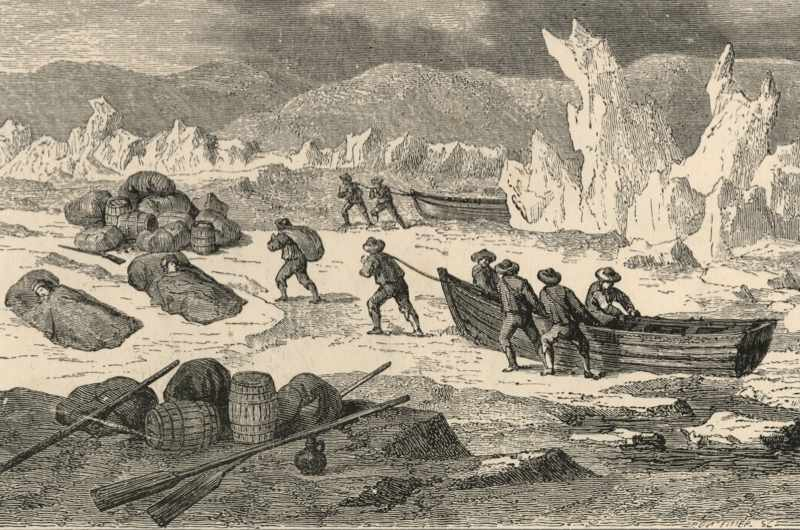
http://www.science.smith.edu/
















